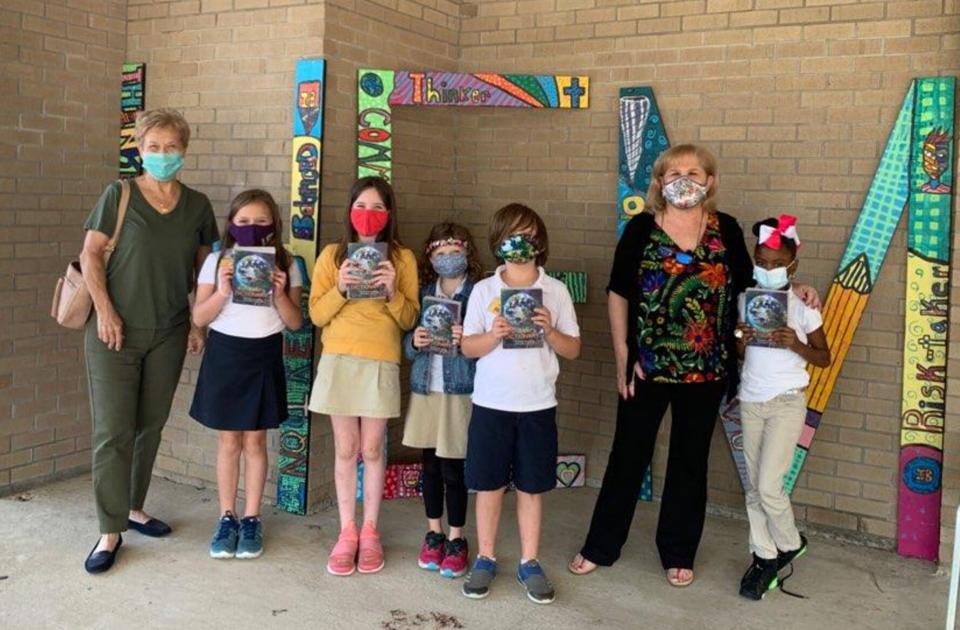Reading Time: 6 minutes
Human translators, as opposed to translation software, typically have a wealth of subject knowledge relevant to the translation assignment
The term “lost in translation” is rather overused. It’s a hot topic that refers to the true essence of what is lost when a text is translated from one language to another, because some of the original meaning, intentions, or plays on words can only be understood in the context of the piece’s original language.
Unfortunately, some might say translation is a dying art form and career due to translation softwares — the most obvious benefits of digital translation are its efficiency and low cost.
While human translators can translate roughly 2,000 words per day (and charge a reasonable fee for this), translation softwares are nearly instantaneous and largely available at no cost. The internet has revolutionized the ability to access, translate and understand texts and documents from all over the world.
The vast majority of people use Google Translate or DeepL to rapidly translate a few words or sentences into another language. However, if they do not speak the language or know the appropriate method to express a given term or spot-check the software’s work, they might wind up with a statement that makes no sense.
While machine translation is frequently a good solution for translating individual words or short phrases, such as when reading a road sign or communicating with a taxi driver in a foreign country, it struggles with complex sentences, and is frequently incapable of translating idioms and colloquialisms, among with other more difficult concepts.
Human translators, as opposed to translation software, typically have a wealth of subject knowledge relevant to the translation assignment they are given, as well as the ability to conduct extensive research around a specific term or topic in order to ensure it is translated using exactly the right terminology in the target language.
Julián Zapata Rojas, a part-time professor and internships coordinator at the U of O’s school of translation and interpretation, has had the privilege to teach 12 different courses, including general and specialized translation from and into English, Spanish and French. As well, he’s taught “non-transfer” courses, such as professional aspects of translation, lexicology and documentation, terminology and translation technologies (at the undergraduate and graduate levels).
Rojas claims that he uses human resources, such as field experts, and material resources, such as dictionaries and computer tools, when teaching his students the most effective strategies to use when translating literature from one language to another.
“Human translators have always used technologies as aids — since the invention of writing systems and writing tools,” said Rojas in an interview.
“The idea of using computers to translate (automatically) or as a tool that aids translators is as old as the idea of computers itself. But other types of technologies also help in different ways: translation memories, electronic parallel corpora, and voice recognition systems are among the many technologies that help translators, say, to speed up the process, to produce better-quality texts.”
When translating, Jordan Gagné (a fourth-year French-English-Spanish translation student)’s professors advise her to use TERMIUM Plus because it’s an official government database, as well as Le grand dictionnaire terminologique, Linguee, DeepL, and both bilingual and monolingual online dictionaries. “[We] are never to use Google Translate. Technology is an amazing tool. It helps fill in the gaps, helps us justify our choices and find better ways to say things idiomatically. Machine translation isn’t 100 per cent accurate, but that doesn’t make it any less useful a tool,” she said.
Rojas argued that when properly learned and used, no technological application should impede the translator from understanding a text in one language and translating it into another.
Furthermore, Rojas elucidates the ways in which the meaning of a word changes when it is translated. “Words that appear to be “the same” in two closely related languages may have different meanings — also known as false cognates or faux amis. Sometimes they mean the opposite. Sometimes they also mean the same, but one of them also means something else. There is inevitably, almost always, some[thing] loss in translation.”
Moreover, some individuals rely heavily on subtitles from their favourite shows to learn the language; Rojas explains how this is an acceptable approach to learning the language.
“Reading closed captions as one [watches] a [program] in the same language has been proposed as a good way to get familiar with that language, learn vocabulary and get acquainted with a particular accent. Now, subtitles in another language, should be used cautiously in foreign language learning.”
Because globalization is a continual process, new content is always being translated. This must be done both linguistically and in conformity with the cultural expectations of the target audience.
Salah Basalamah, an associate professor and chair of the University of Ottawa’s school of translation and interpretation, believes that “to translate is almost always an approximation, especially if one is keen to preserve the idiomaticity of the target language, that is not to imitate the form of the source language.”
“Certainly, emotions are as difficult to transfer as ideas are because in the process feelings and meanings get slightly transformed.”
Basalamah also believes that there’s no other way of translating aside from understanding the cultures and languages in contact — as both a source and a target — as a prior condition.
“You don’t really know its value or its challenges until you put your hands in it and confront the difficulties of going through the process,” said Basalamah.
“It’s also a matter of perception from the outside, but also a matter of presentation and representation of what translation is from the perspective of translators. I believe that despite their ability to use the arcanes of the languages they master, their ability to communicate about their practice and its value has still to be improved and perfected.”
Rojas expresses his disappointment for the undervaluation of translations. “Translators have enabled communications between humans from different tribes, communities, countries and continents for millennia. And yet, even still today, translation is only “visible” when there is a translation error here and a funny translation there,” he said.
Sarah May, a fourth-year French-English-Spanish translation student chose this program because she likes how there are so many different fields in translation, which allows her to deepen her knowledge of the world and understand different perspectives.
“It’s a career where you get to learn something new every day by translating texts on different topics. I also value translation because there are so many translation errors in our everyday lives that may have consequences in people’s lives. These errors should be avoided in the future with educated translators who pay attention to small details,” she said.
May plans to be a subtitle translator after she graduates. She also explains the importance of understanding the culture of the source language in order to understand idioms and nuances, and to be able to find equivalents or similar expressions in the target language. “If the differences between the cultures of target audiences are not taken into account, the translations may not be as idiomatic or geared toward certain aspects of the right culture.”
“I personally watch Spanish telenovelas to improve my Spanish. I listen to the characters speak in Spanish while using subtitles in Spanish (not English) so I can also read it. It has helped me, but I cannot only rely on tv shows since subtitles are not always accurate. I try to read, write, and speak in Spanish too.”
However, May claims that technology can impede us from properly learning a language because people rely too heavily on it without learning basic grammatical rules, as well as acquiring different communication skills.
“True meanings of words get lost in translation because there are several interpretations of the “true” meaning of a single word,” said May. “One translator may have a different interpretation of a text than another depending on their knowledge, background, culture, gender, education, age, sexual orientation, experience, etc.”
For example, sometimes people who need to fill out immigration papers to flee their country don’t speak English. Therefore, it is crucial to provide accurate translations to everyone in order to encourage diversity and equality all over the world.”
Gagné chose to study translation because she’s always loved languages and dialects and how they shape our cultures and communities.
“I think a big challenge that we face in the world today is miscommunication and misunderstanding, not just across languages but among people who speak the same language as well,” she said. “That idea of misunderstanding has always interested me, and translation really delves into learning how to express what you want to communicate clearly.”
Gagné believes that culture plays a huge role in translation. “If you don’t understand the culture of the audience you’re translating for, then that audience might not be able to fully relate to or understand the text they’re reading. Cultural elements like idioms, religions, etiquette among other things might be completely missed in translation if the translator doesn’t have adequate knowledge about the target audience’s culture,” she said.
“If a translation is done incorrectly, you could at best confuse people and at worst put them in danger, such as mistranslating instruction manuals for heavy machinery. The translation is often inseparable from the source text, thus the translator is inseparable from the author, at least in the eyes of most readers.”
“I think that translation is more of a silent hero because people can’t know what they don’t know. If information isn’t available to a certain language community because there is no translation for it, then they have no opportunity to appreciate the translation [itself],” Gagné said.
Adblock test (Why?)


